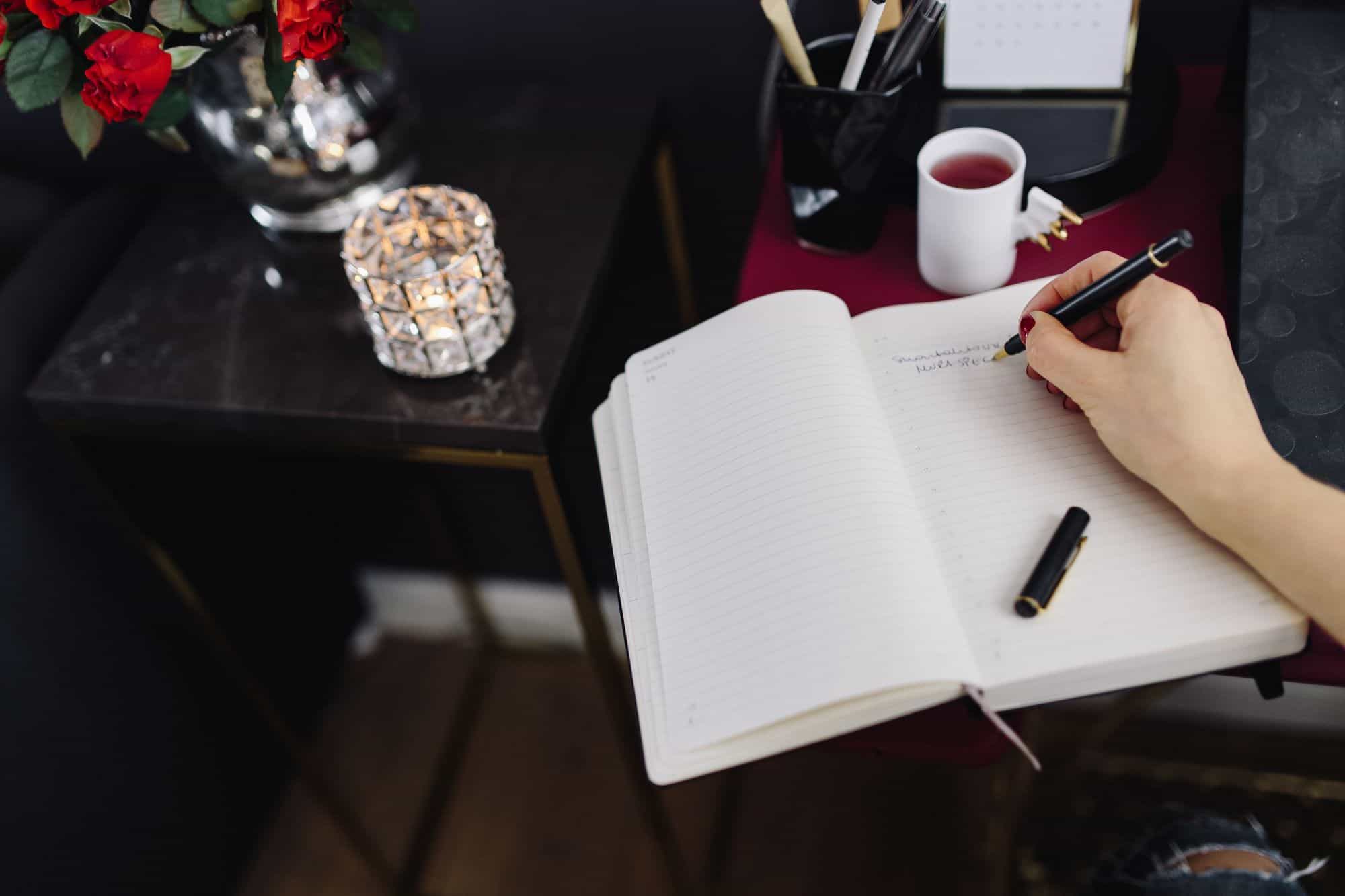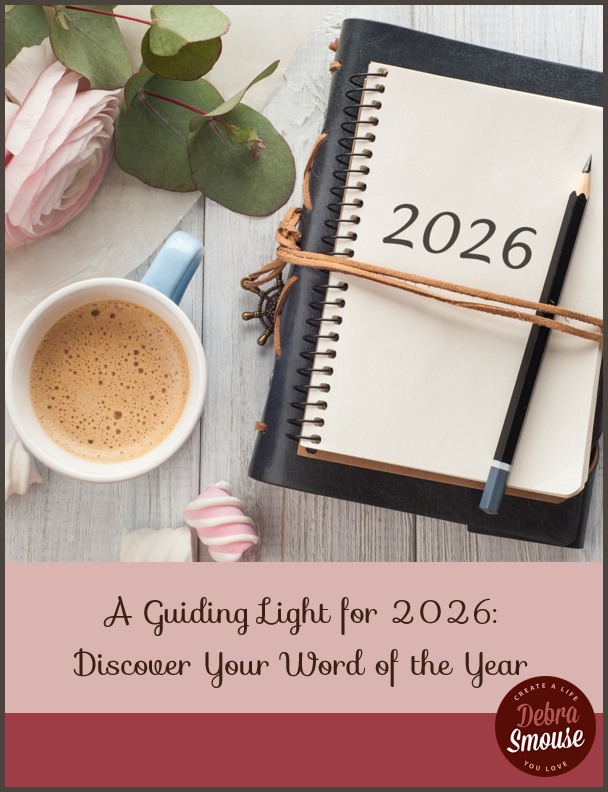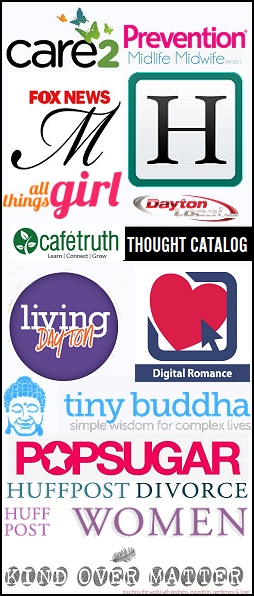You know that feeling when you’re completely lost in something you’re making? Maybe you’re kneading bread dough, sketching in the margins of your notebook, or humming while you reorganize your bookshelf by color.
Time disappears. Your worries fade into background static. For those moments, you’re not thinking about your inbox or that awkward conversation from yesterday. You’re just… creating.
That feeling isn’t random. It’s your brain doing exactly what it evolved to do.
Why We’re Wired to Create
Humans have been making things since we figured out how to hold tools. Cave paintings, rhythm on hollow logs, stories around fires.
Creating isn’t some modern luxury or Instagram trend. It’s older than agriculture, older than written language. It’s how we’ve always processed being alive.
Think about kids for a second. Give a toddler some crayons and they don’t hesitate. They don’t worry about perspective or color theory.
They just make marks, completely absorbed, tongue sticking out in concentration. That’s pure creative expression, before anybody told them they were doing it wrong.
Somewhere along the way, most of us got the message that creativity belongs to “creative people.” Artists. Musicians. Writers. The special ones.
But watch yourself throughout a regular day.
You’re constantly creating: making up excuses for being late, finding new ways to stack the dishwasher, inventing games to get your kids to eat vegetables. Your brain is a creativity machine running 24/7.
You just stopped noticing.
What’s Actually Happening in Your Brain
Let’s get nerdy for a minute. When you engage in creative activities, your brain releases a cocktail of chemicals that pharmaceutical companies would kill to replicate.
Dopamine floods your system, making you feel rewarded and motivated. Serotonin levels rise, stabilizing your mood. Meanwhile, cortisol (your stress hormone) takes a nosedive.
This isn’t feel-good pseudoscience. Researchers have hooked people up to brain scanners while they’re creating, and the results are wild.
The default mode network, that part of your brain that’s usually running your internal criticism loop, goes quiet. The same thing happens during deep meditation, except you don’t have to sit still or focus on your breathing. You just have to make something.
Here’s the kicker: it works whether you’re Picasso or someone who can barely draw a stick figure. A study at Drexel University found that just 45 minutes of creative activity significantly reduced cortisol levels in 75% of participants.
It didn’t matter if they considered themselves artistic or not. The act of creating itself is the medicine, not the quality of what gets created.
Growing Up Creative (Or Not)
Watch how differently kids and adults approach a blank piece of paper. Kids dive in. Adults stare at it, paralyzed by the possibility of messing up. What happens between the ages of 5 and 35?
School happens. Grades happen. Someone tells you your tree doesn’t look like a tree. You sing off-key in music class and someone laughs. You write a story and get it back covered in red ink. Slowly, creating becomes about performance, not expression.
Progressive early childhood programs like Small Wonder early childhood preschool understand this. They treat art time as emotional development, not skill building.
When kids paint their feelings or build their fears out of blocks, they’re learning emotional regulation tools they’ll use forever. Or at least until someone tells them they’re “not creative.”
Teenagers instinctively know creativity helps them survive adolescence. That’s why they write terrible poetry, start bands that practice in garages, or spend hours drawing anime characters. They’re not trying to become professional artists.
They’re trying to figure out who they are when everything feels confusing and intense.
Adults who maintain creative practices through all of life’s responsibilities have a secret weapon. They’ve kept that direct line open between their inner world and outer expression. When stress hits, they have somewhere to put it.
When joy bubbles up, they have a way to celebrate it. They’re not more talented than the rest of us. They just never stopped making things.
My 68-year-old uncle started woodworking after retirement. He makes cutting boards, badly at first, better now. But the quality isn’t the point.
“It’s cheaper than therapy,” he says, “and at the end I have something to show for it.” He’s processing forty years of corporate life one wood shaving at a time.
Breaking Down the “I’m Not Creative” Myth
Here’s the reality: Everyone is creative. The problem isn’t lack of creativity—it’s how we define it.
The biggest mistake people make is confusing creativity with artistry. They’re completely different.
Next time someone claims they’re not creative, ask them about their last white lie.
That “Sorry I’m late, traffic was horrible” when really they couldn’t find matching socks? That’s fiction writing. That’s world-building. That’s creativity in action.
Real creativity looks like this:
-
- Problem-solving: Making dinner from whatever’s left in your fridge
- Expression: The weird voice you use to get your dog excited
- Innovation: The route you invented to avoid that intersection you hate
What Kills Creativity (And How to Fix It)
The biggest creativity killer isn’t lack of talent. It’s perfectionism.
This idea that creativity needs to be good, useful, or Instagram-worthy is complete nonsense. Your brain doesn’t care about likes or sales or critical acclaim.
It just wants to make connections, solve problems, and express what’s rattling around in there.
Time isn’t your enemy. You don’t need a sabbatical or even a weekend. You need ten minutes and permission to make something imperfect.
Here’s what that looks like:
-
- During work: Doodle during conference calls
- Daily routine: Make up songs in the shower
- Lunch breaks: Write terrible poetry
Sometimes you need to shake up your routine to remember you’re creative. Travel does this perfectly. Even a day trip to the next town over can flip that switch.
Stay connected with something like data roaming and you can capture inspiration as it hits, turning your wandering into creative fuel.
The Hidden Creative Acts You’re Already Doing
Most people who claim they’re not creative are actually creating constantly throughout their day – they just don’t recognize it as creativity because nobody’s calling it art.
Consider how you arrange your living space. That throw pillow you moved to the other side of the couch?
That’s composition.
The way you organized your kitchen so the coffee supplies are within reach of your barely-conscious morning self? That’s design thinking.
When you rearranged your furniture because the old layout “didn’t feel right,” you were responding to the same spatial and aesthetic impulses that drive architects and interior designers.
Your wardrobe is a daily creative practice. Every morning, you’re making decisions about color, texture, proportion, and mood. That shirt-and-pants combination you love isn’t an accident—it’s pattern recognition and aesthetic judgment in action.
When you roll up your sleeves just so or tuck in your shirt a specific way, you’re sculpting your silhouette. Fashion designers would call this “styling,” but you just call it getting dressed.
Even your conversations are creative performances. You adjust your tone for different audiences, craft stories to make your friends laugh, and find metaphors to explain complex ideas.
That perfect comeback you thought of in the shower three hours too late? Your brain was workshopping material like a comedy writer in a writers’ room. The way you described your terrible day to make your partner smile instead of worry—that’s creative storytelling with emotional intelligence as your medium.
Food is where hidden creativity really shines. Maybe you don’t follow recipes exactly.
You add a little more garlic (because everything needs more garlic), swap ingredients based on what’s available, or plate your Tuesday night pasta with unexpected care because the light hitting the kitchen counter looks particularly beautiful.
Professional chefs call this “intuitive cooking,” but you’re just making dinner.
The creative decisions pile up: the route you walk your dog (variety is enrichment for both of you), the nickname you invented for your houseplant, the elaborate backstory you created for why you’re canceling plans (when really you just need to stay home and stare at the wall).
These aren’t lesser forms of creativity—they’re creativity fully integrated into living.
Once you start noticing these hidden creative acts, you can’t stop seeing them. The question shifts from “Am I creative?” to “How am I already creative, and how can I lean into it more?”
Making Creativity a Daily Practice
Morning creativity hits different. Before the world gets its hooks in you, before you’ve checked email or read the news, make something.
Your morning creativity toolkit might include writing three pages of stream-of-consciousness rambling, sketching your coffee mug while it’s still steaming, or dancing to one song before you even get dressed. The key is to start your day by creating rather than consuming.
Work Doesn’t Have to Kill Creativity
Your job isn’t a creativity dead zone. Keep the creative spark alive by weaving small acts of creation into your workday.
Fill the margins of your meeting notes with doodles, write haikus about your spreadsheet data during lunch, or practice post-it origami during those endless conference calls. These aren’t distractions – they’re pressure release valves that keep you from exploding into a puddle of corporate monotony.
Family Creativity Can Be Beautifully Chaotic
Transform everyday moments into creative opportunities. Saturday mornings can become collaborative drawing sessions where everyone adds to the same picture, creating a family masterpiece that no one could have planned.
Turn dinner prep into kitchen dance parties, letting the rhythm guide your chopping and stirring. During road trips, play storytelling games where each person adds one sentence to an increasingly ridiculous tale. You’re teaching your kids that making things is just what people do.
Follow Seasonal Rhythms
Give creativity natural structure by following the seasons. Spring invites you to plant seeds and document their growth through sketches or photos.
Summer asks you to photograph the same tree throughout the season, watching how light and leaves shift. Fall brings the perfect excuse to make Halloween costumes from scratch, turning cardboard and imagination into magic. Winter calls for writing holiday letters by hand, slowing down to form each letter with intention. Each season brings its own creative possibilities.
The Magic of Making Physical Things
Making things for other people changes the entire game. While you’re crafting something for someone else, you’re thinking about them, imagining their reaction, infusing the object with intention and care.
The whole process becomes an act of meditation on your relationship with that person, a physical manifestation of your connection.
Finding your creative community changes everything. Join a writing group full of people who understand why you stayed up until 2 AM perfecting that paragraph, or find a knitting circle where caring about thread weight isn’t weird but essential.
Discover a community garden where conversations about soil pH are perfectly normal dinner table topics. These spaces give you permission to care deeply about things that might seem trivial to others.
Online communities have demolished geographic barriers to finding your creative tribe.
Whether you’re into miniature sculpting (yes, there’s a Discord for that) or urban sketching (Instagram hashtags connect thousands of people drawing their cities), you can find your people. No matter how niche your creative pursuit, you’re never creating alone unless you want to be.
The internet has made it possible to share your midnight oil painting sessions with someone on the other side of the world who’s just waking up to start theirs.
Then comes the ritual of preparing your creation to send – wrapping it carefully, writing their address by hand, choosing the right packing materials for shipping to ensure it arrives safely.
The whole process is an act of connection that extends far beyond the object itself.
The Bottom Line
Creativity isn’t dessert. It’s not something you earn after being productive enough. It’s a basic human need, like movement or connection or rest.
When we treat it as optional, we’re ignoring millennia of evolution that shaped us into beings who need to make things.
The Research Is Clear
Regular creative expression:
-
- Reduces anxiety
- Improves mood
- Builds resilience
But you probably don’t need studies to tell you what you already know from experience. You feel better when you make things. You feel more like yourself.
Start Ridiculously Small
Your action plan:
-
- One doodle
- One dance move
- One made-up joke
Pay attention to how you feel after that tiny shift in your internal weather. Build from there, without rushing, without judging, without comparing your beginning to someone else’s middle.
When you create regularly, something contagious happens:
-
- Your kids see that making things is normal
- Your partner remembers their abandoned guitar
- Your friend admits they write fanfiction
- You become a permission slip for other people’s creativity
This Was Never About Fame
This isn’t about becoming an artist or monetizing your hobby or getting famous. It’s about being a human who makes things because that’s what humans do.
We take what’s inside us and give it form, badly and boldly and without apology.
Pick something. Anything. And make it.
Want to learn more tips and tricks for loving your life?
Snag a free workbook and get inspiration on all the ways to love your life even more.
>>Click Here to Discover Additional Strategies for Managing Stress, Anxiety, and Burnout <<








